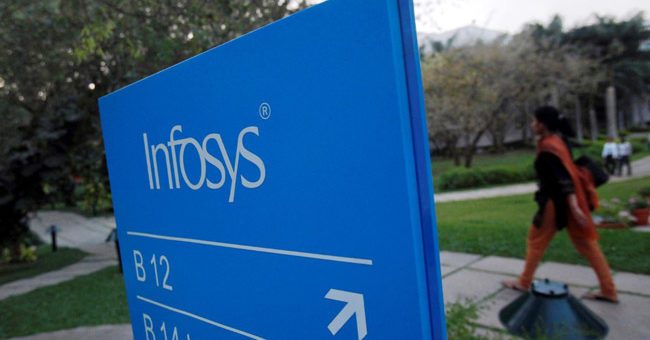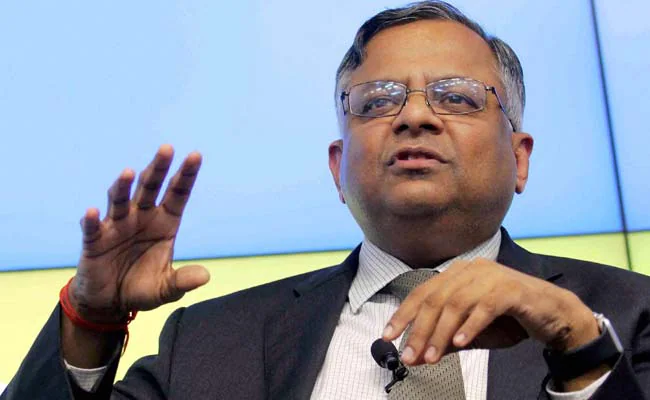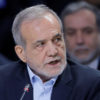
Variable pay is linked to the performance of the employee and that of the company. (File)
New Delhi:
IT (Information technology ) services company Infosys will give 65% variable pay to its employees for the July FY23 quarter, lower than what it offered for the June quarter, reported Economic Times citing an internal mail.
According to the internal email, the average variable pay is 65%, but the individual payout percentage will depend on the performance. “The average payout at an organisation level is 65% for Q2FY23. Individual payout percentages will differ based on individual performance and contribution for the quarter,” the email, accessed by ET, read.
Infosys will roll out the variable payout for employees in the United States and Canada with their second biweekly November payroll, the report added.
Variable pay is linked to the performance of the employee and that of the company. It is usually included in the employees’ overall salary package.
Earlier, the second largest IT firm in India informed its employees about reducing the variable payout for Q1 FY23 to 70%. On the other hand, Wipro, Infosys rival, had withheld the variable pay for mid-and-senior level employees in mid-August. The company had fixed payouts at 70% of the full variable pay for junior employees. The company had blamed disappointing margins in the June quarter for the move, according to an email sent to staff.
However, Tata Consultancy Services (TCS) did not cut the variable pay for the March-June quarter of the 2022-23 fiscal year. Several reports claimed that TCS had delayed the rollout of variable pay for senior employees for the first quarter. Issuing a clarification, TCS stated that it had not delayed the rollout and will be paying the 100% variable pay to employees
But for the second quarter or July-September quarter, TCS will roll out variable pay only for 70% of its employees. The remaining 30% of the employees will be paid on the basis of their business unit performance, Milind Lakkad, the chief human resource officer at TCS was quoted as saying by Business Today.
Featured Video Of The Day
Sensex Surges Over 1,150 Points As Global Risk Sentiment Improves













